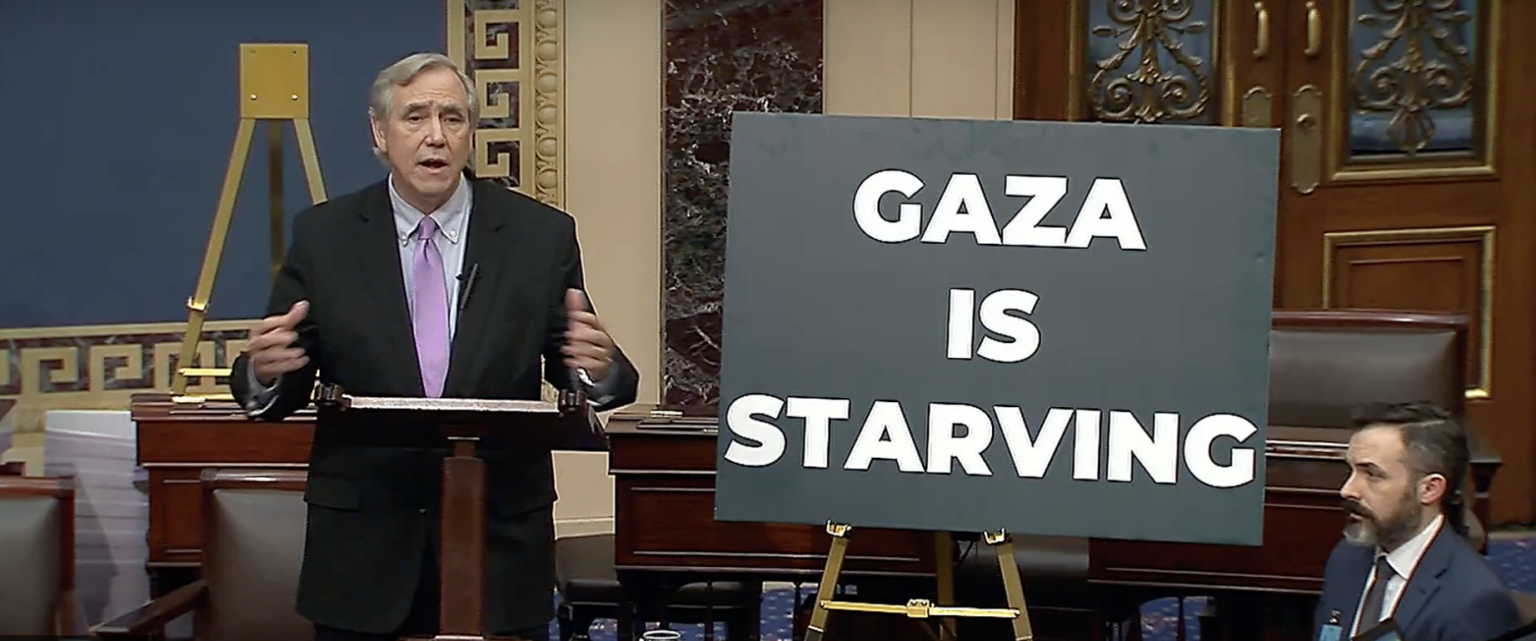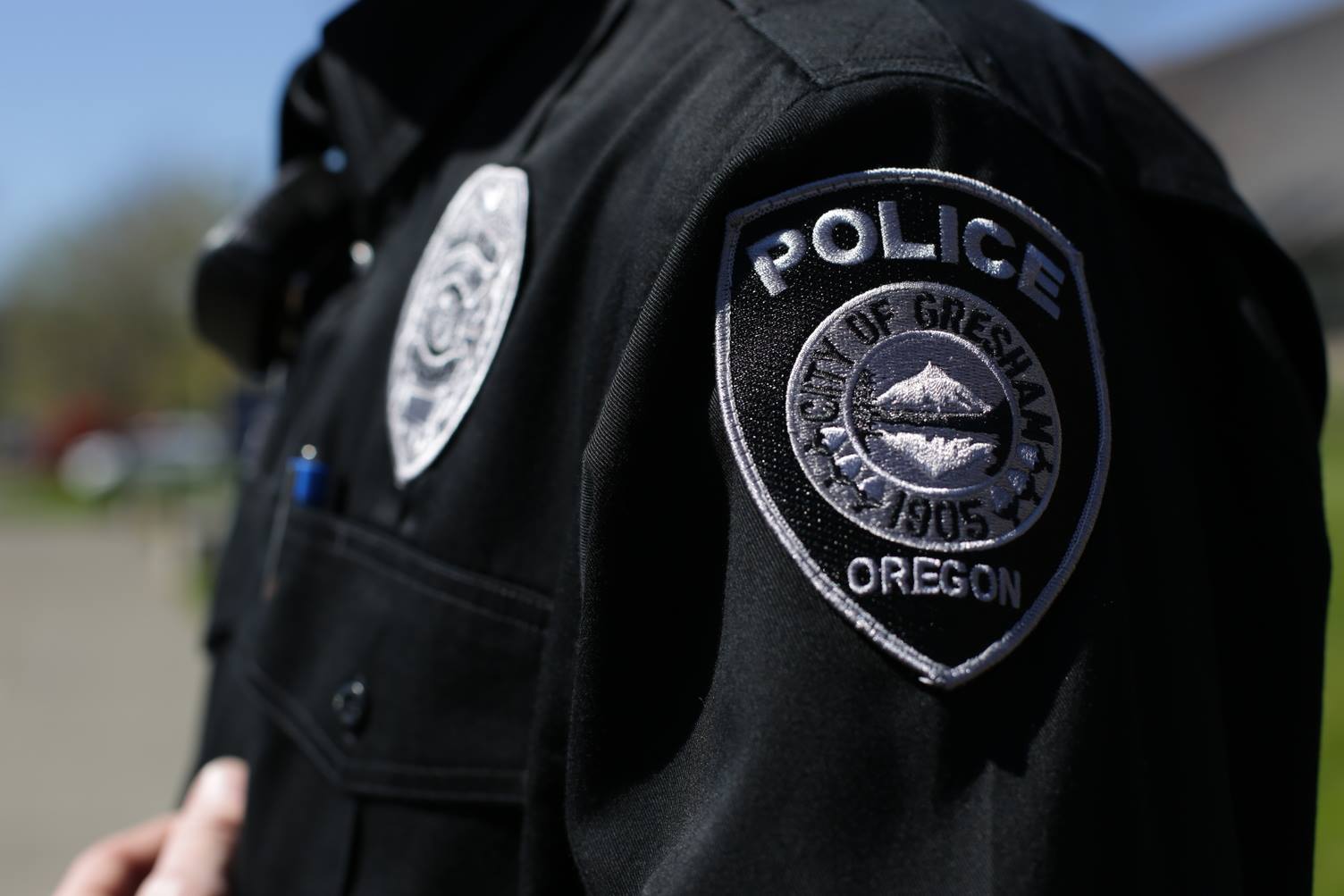Beavers shuffle personnel due to injuries, look for ‘mental toughness’ vs. Stanford
Published 12:00 am Sunday, October 19, 2014
From a Sunday conversation with Oregon State coach Mike Riley, whose 4-2 Beavers visit Stanford Saturday after a 29-23 double overtime loss to 20th-ranked Utah …
Trending
• The body count from the physical game with the Utes was significant.
Split end Richard Mullaney, who had 18 receptions in the Beavers’ first five games, left in the second quarter with a broken elbow. He will be out “at least a month,” Riley said, and perhaps for the season.
Offensive tackle Gavin Andrews suffered a hairline fracture of an ankle and will miss two to three weeks.
Trending
Reserve tight end Kellen Clute (sprained knee) is expected to be lost for a month.
Tailback Storm Woods and defensive end Jaswa James, who both suffered knee injuries against Utah, should be ready to go against Stanford.
Oregon State’s refigured starting receiver corps now has redshirt freshman Jordan Villamin at split end, redshirt freshman Hunter Jarmon at slotback and sophomore Victor Bolden at flanker. Sophomore Rahmel Dockery is Bolden’s backup at flanker while sophomore Malik Gilmore will be the first backup at both split end and slotback.
Sophomore Dustin Stanton is ticketed for his first career start at tackle in place of Andrews at tackle. The 6-5, 270-pound Stanton is a converted tight end.
OSU O-line coach Mike Cavanaugh will also take a look at 6-6, 310-pound junior Garrett Weinreich starting at left guard in place of Roman Sapolu.
Defensive tackle Jalen Grimble, who had knee surgery after the USC game, is progressing nicely. The hope is he will be able to return against Washington State on Nov. 8.
• Riley felt his defense played about as well as could be expected, with the exception of a few big plays given up to Utah tailback Devontae Booker.
Booker, who carried 32 times for 229 yards and three touchdowns, broke loose for 52 yards on the Utes’ first play of the second half, then busted one 53 yards to set up their go-ahead TD late in regulation.
“The last one was a killer,” Riley said. “Besides a couple of plays, we played really hard-nosed, good defense. And we competed like crazy. I was proud of the guys for that.”
• Oregon State’s specialists were outstanding.
Keith Kostol punted seven times for a 41.4-yard average, with three inside the 20 while limiting Utah return man Kaelin Clay — who had four returns for TDs in the Utes’ first five games — to 10 yards on two runbacks.
“Keith had a great bounce-back game,” Riley said. “He was terrific with his hang time.”
Trevor Romaine was superb with kickoffs (two of them went for touchbacks) and made his first three field-goal attempts, the first two in clutch situations — from 45 yards on the final play of the first half and from 49 yards on the final play of regulation to force overtime. But the senior kicker was wide right — by about a foot — on a 37-yard attempt in the second extra session.
“Trevor’s had two big games in a row,” Riley said. “I feel very confident with him right now.”
The Beavers allowed Utah’s Dominique Hatfield one long kickoff return — 42 yards in the fourth quarter — and were unsuccessful in blocking on OSU’s five kickoff returns, none of which were brought back to the 20.
“Our blocking (on kickoff returns) wasn’t bad in total, but a couple of guys missed four blocks on four plays,” Riley said. “You don’t get one guy and he breaks through. Utah is terrific on special teams, and (Andy Phillips) was outstanding, but we still have to block better than that.”
• Oregon State rushed for 173 yards against Utah, minus 54 yards in five sacks and a bad snap. Sean Mannion was 21 for 37 passing for 272 yards and two TDs with one interception, but had only 43 yards passing in the first half and wasn’t consistent with his throws.
“We ran the ball pretty well,” Riley said. “We just have to execute better in the passing game. We got disrupted in protection too much. Sean had some excellent throws, but some he’d like to have back. There were times he didn’t hang in there and trust his protection.”
• Riley said in retrospect, he’d have gone for two points and the win after Villamin’s touchdown reception brought the Beavers to within 23-22 in the first overtime.
“It was hard to stack (successful offensive) plays all night,” the OSU coach said. “We had a little momentum, some excitement after Jordan’s catch. The other thing is, we played a real good defensive game. But in the last quarter and overtime, it was obvious (the Utes) were having more success with their offense.”
• One of the game’s biggest plays came midway through the fourth quarter after Oregon State, leading 13-9, had moved into Utah territory.
After rushes of five and three yards by Terron Ward, the Beavers had third-and-2 at the Utes’ 38. Riley called a fake screen play and pass to tight end Connor Hamlett. Hamlett was open, but Mannion didn’t seem him and threw the ball into the ground incomplete.
It would have made sense to run the ball on the play. Even if the Beavers hadn’t gained a first down, they’d have chewed some clock, and they were either in fourth-down territory or range for Romaine to attempt a long field goal.
• Clock management continues to be a problem for Oregon State.
After Utah scored to go ahead 16-13, the Beavers took the ball at their 17 with 4:02 to play. They ran eight plays — Mannion went 5 for 5 passing, and Ward carried three times — before Romaine’s 49-yard field goal to force overtime.
“We felt we had enough time,” Riley said, adding that the Beavers’ time management at the end of halves “can be better, for sure. We’re going to continue to work on that and emphasize it more.”
Riley calls the plays, with grad assistant Lyle Moevao signaling plays to Mannion from the sidelines. It seems to take too long to get the play called when time is an issue. There simply has to be more of a sense of urgency.
A suggestion: Let Mannion call the plays during the two-minute drill at the line of scrimmage. The senior QB knows the offense like the back of his hand. If anyone can do it, Mannion can.
• The Beavers were whistled for four false starts, another problem through the course of the season. Andrews jumped twice. At least once, center Josh Mitchell didn’t get the snap off in time and all of the other O-linemen moved.
“It’s total focus,” Riley said. “We thought we had solved the problem after the Colorado game, then it surfaces again. It’s poise. Too many mistakes.”
• After Saturday’s game at Stanford, Oregon State will have faced the top three defensive teams in the Pac-12.
Stanford ranks No. 1 in total defense (254.9 yards per game allowed) and scoring defense (12.3 points allowed per game).
Utah is second in scoring defense (21.7) and third in total defense (379.0).
USC is third in scoring defense (23.1) and fourth in total defense (404.7).
The Beavers are second in total defense (328.7) and fifth in scoring defense (24.3).
On the flip side, Oregon State (27.3) and Stanford (24.0) rank 11-12 in the league in scoring offense and 10-11 (392.7 and 374.7) in total offense.
The Cardinal (4-3 overall, 2-2 in Pac-12 play) have lost two of their last three, dropping a 17-14 heartbreaker at Notre Dame on Oct. 4 while falling 26-10 at Arizona State on Saturday. The Cardinal managed only 288 yards total offense — 76 yards rushing on only 22 attempts, including four sacks — and 14 first downs against the Sun Devils.
“It’s a great opportunity for us against a very good team,” Riley said. “It’s a big challenge offensively, for sure. Our defense is going to have to play really well. It’s going to be a deal where we can’t let them get going offensively, and we have to do better with our consistency at the offensive end, too.
“We have to bounce back after a bitter loss. We’re going to find out a lot about our mental toughness in this one. It should be a lot of fun.”
kerryeggers@portlandtribune.com
Twitter: @kerryeggers







